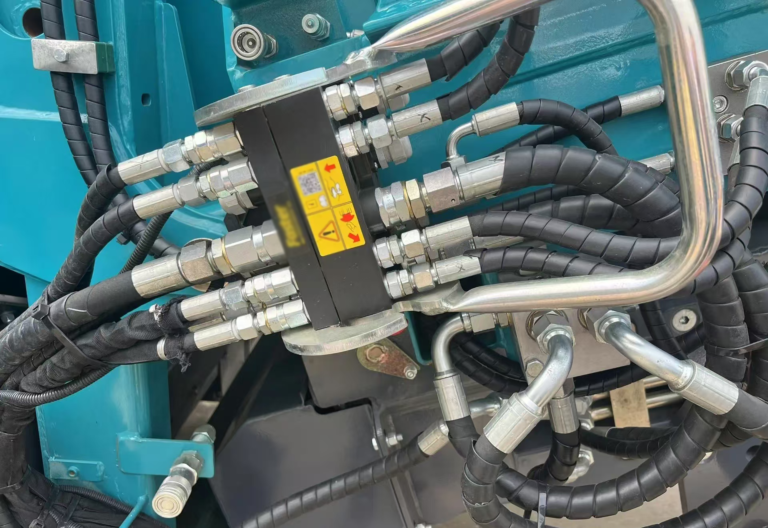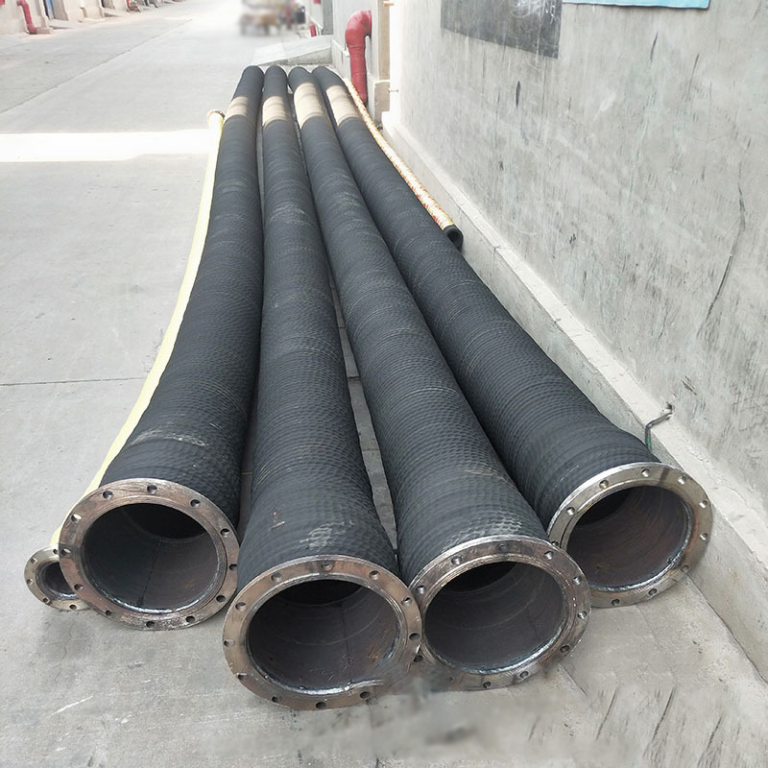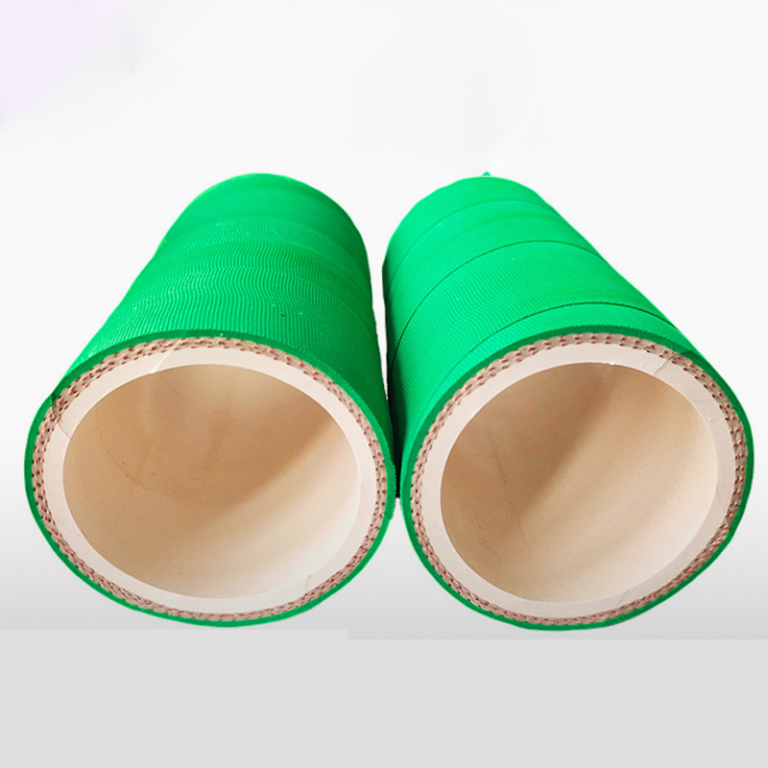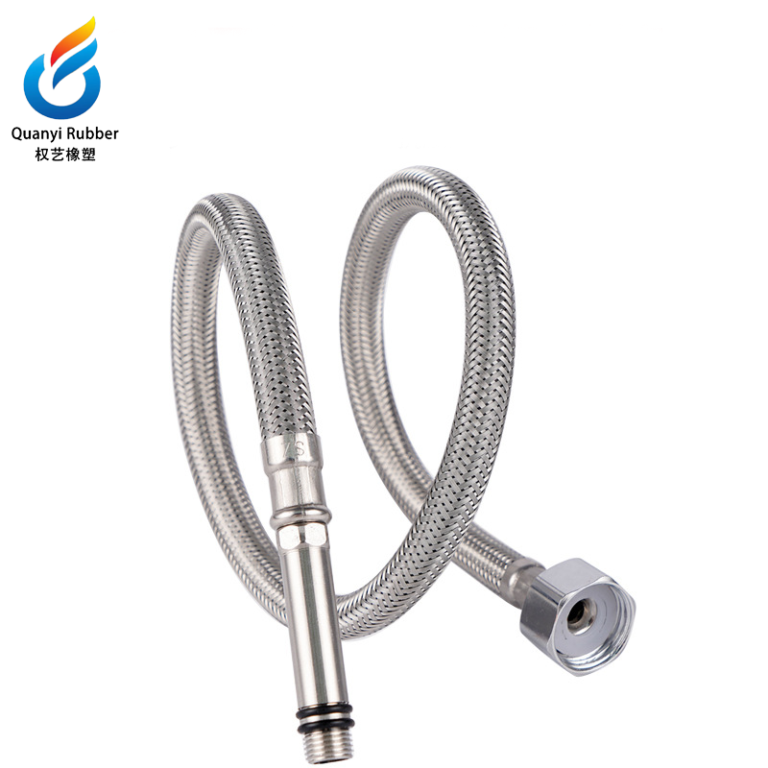Manufacturing process of metal hose
The manufacturing process of metal hoses varies depending on the type and usage scenario. Generally, it needs to go through processes such as cutting, welding, weaving, pressure testing, and air tightness testing. The following is the conventional manufacturing process:
Prepare materials: Select suitable metal materials, such as stainless steel, galvanized steel, etc., and ensure that their quality meets relevant standards.
Making inner tubes: The metal materials are made into a circle with the required inner diameter through a specific process and welded into a circular corrugated shape.
Weaving outer net: Use steel wire or steel belt to wrap the inner tube in a certain weaving method to increase the strength and flexibility of the hose. The number of layers and density of weaving will be adjusted according to the working pressure and use requirements of the hose.
Installing joints: Install suitable joints at both ends of the hose, such as flange joints, threaded joints, etc., to connect with other equipment or pipelines.
Pressure test: Perform a pressure test on the completed metal hose to ensure that it has no leakage and deformation within the specified pressure range.
Air tightness test: Perform an air tightness test to check whether the hose has gas leakage.
Surface treatment: The metal hose is surface treated as needed, such as galvanizing, chrome plating, painting, etc., to improve its corrosion resistance and aesthetics.
Packaging and storage: Qualified metal hoses are packaged to prevent damage during transportation and storage






